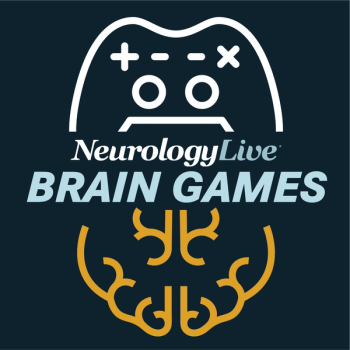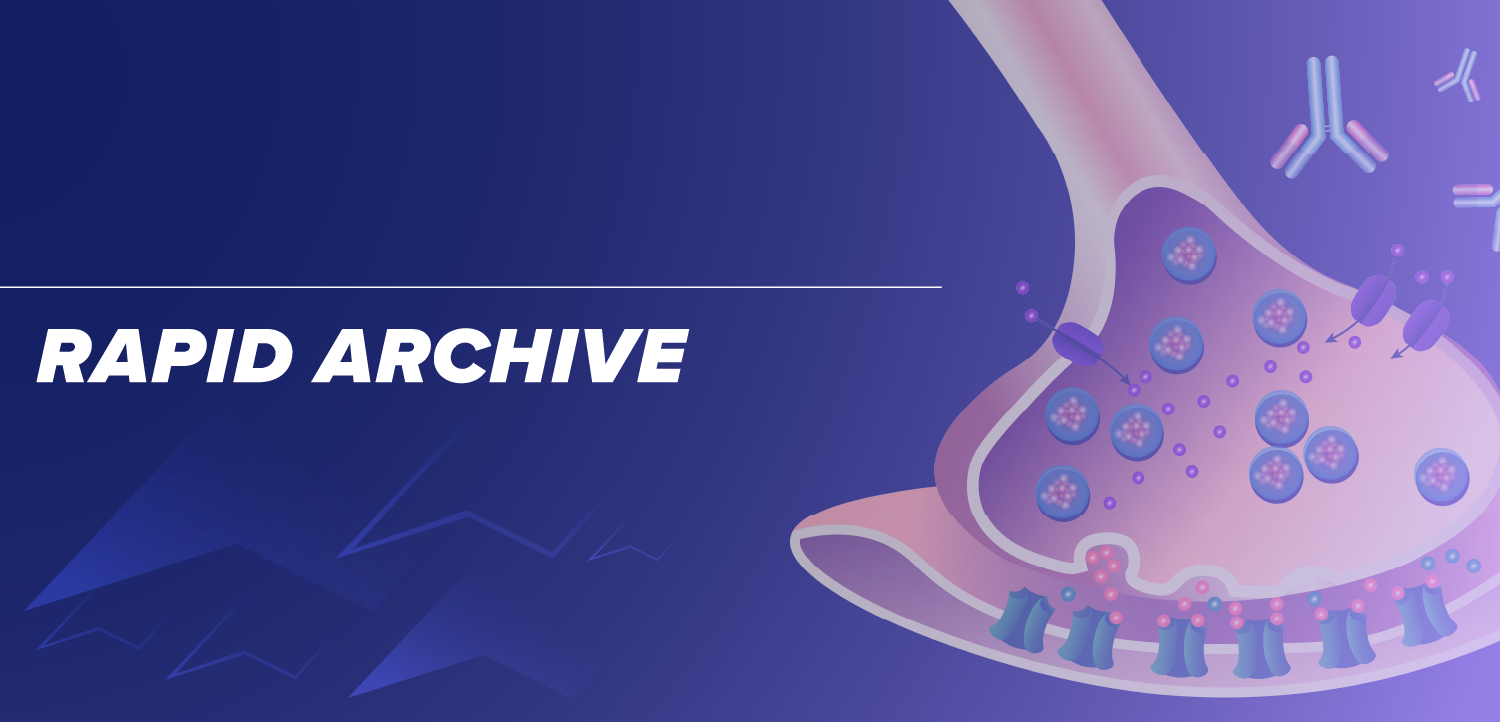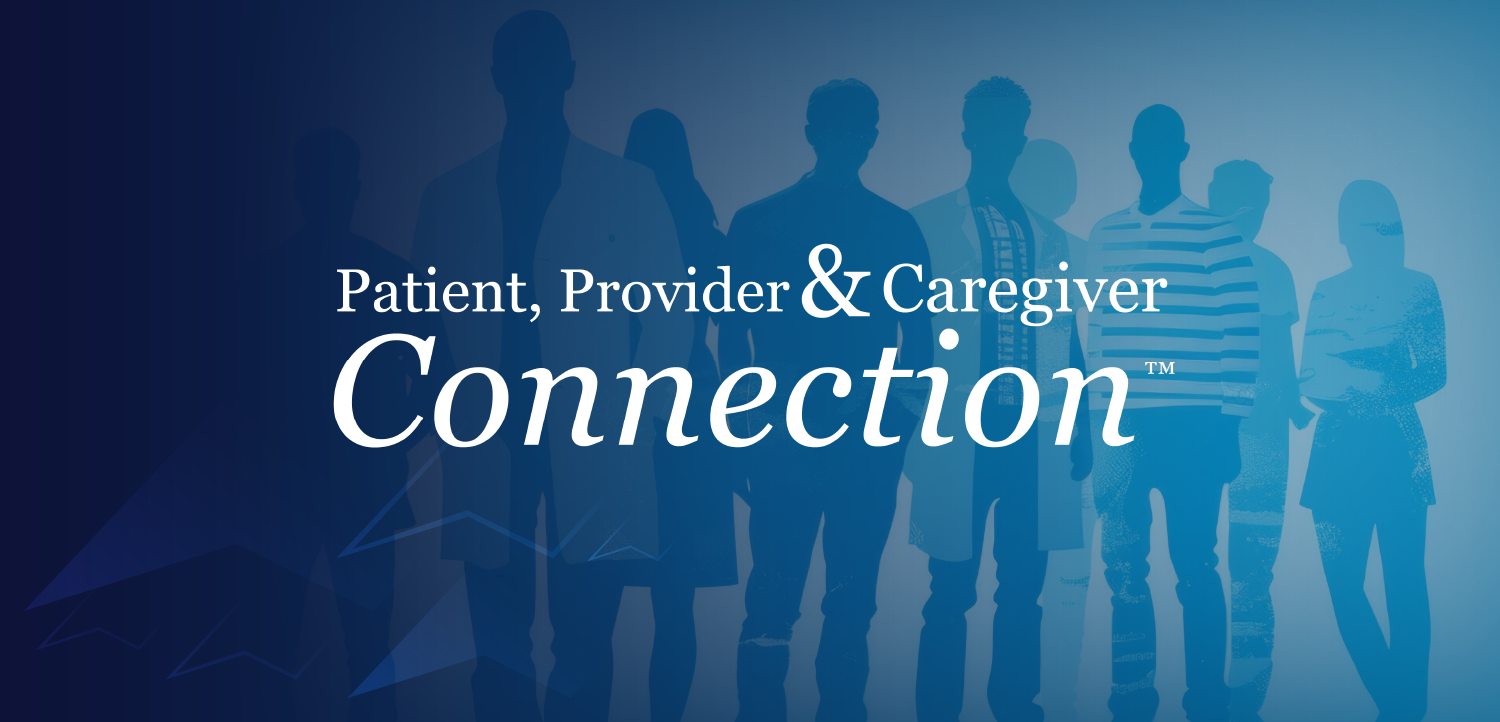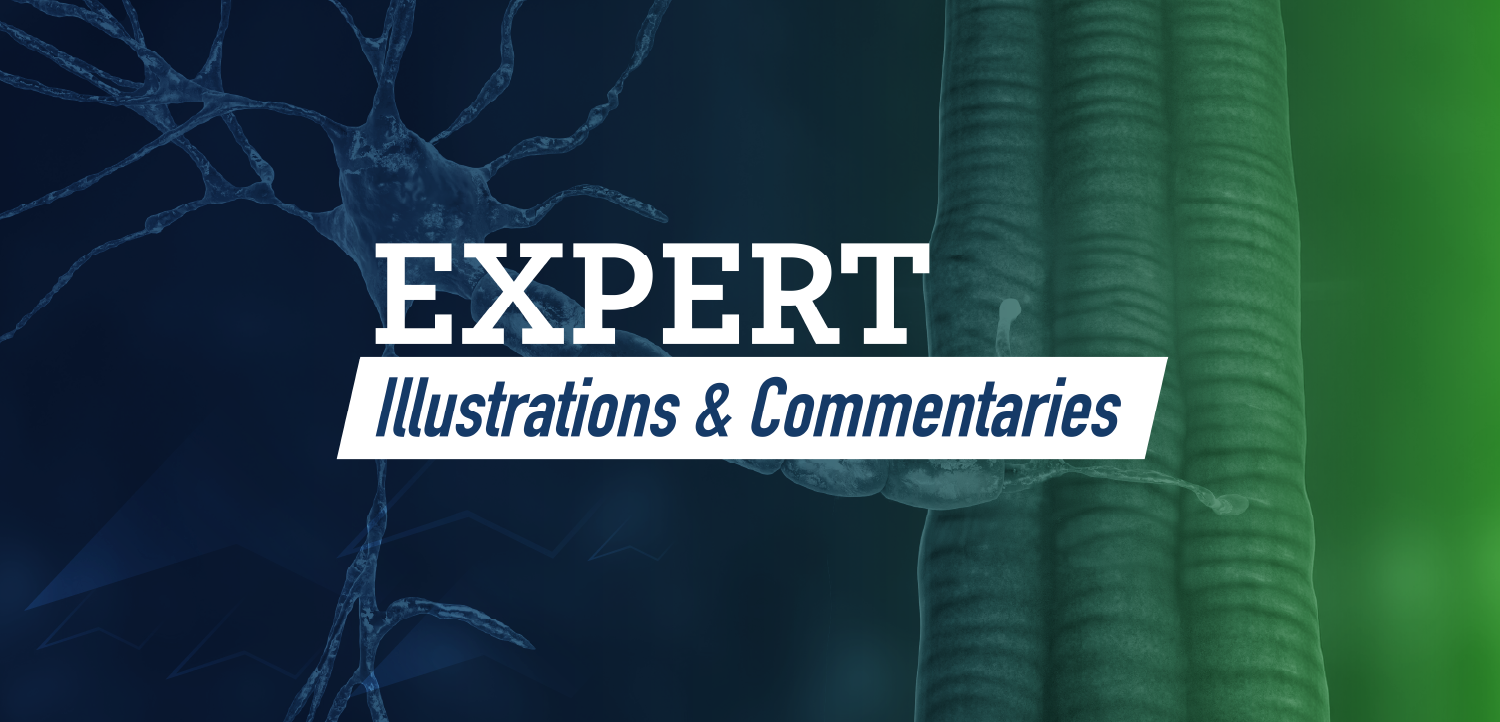
Hypertension Risk Elevated in Normotensive Patients With Narcolepsy Starting Sodium Oxybate
Key Takeaways
- Sodium oxybate initiation in normotensive narcolepsy patients is linked to increased hypertension risk, even without cardiovascular history.
- The study found a higher incidence of hypertension diagnosis or antihypertensive medication initiation in the sodium oxybate cohort.
Normotensive patients with narcolepsy on sodium oxybate had over 50% of a higher risk of new-onset hypertension or antihypertensive medication use compared with nonusers of the treatment.
In a recent study, researchers reported an increased risk of new-onset hypertension, defined by a composite of new-onset hypertension diagnosis or antihypertensive medication initiation, among normotensive patients with narcolepsy who initiated sodium oxybate (Xyrem; Jazz Pharmaceuticals), including those with no history of cardiovascular disease. Published in Mayo Clinic Proceedings, these findings suggest that clinicians may consider the cardiovascular risk associated with sodium oxybate in all patients with narcolepsy, especially normotensive patients.1
This retrospective cohort study assessed 954 patients who initiated sodium oxybate and 1908 propensity score–matched control patients without prior hypertension or antihypertensive medication use. The primary outcome, a composite of hypertension diagnosis or antihypertensive medication initiation, occurred at a rate of 6.60 per 100 patients in the sodium oxybate cohort compared with 4.20 per 100 patients in the control group (OR, 1.61; 95% CI, 1.15-2.27). A secondary outcome assessing hypertension diagnosis alone was also elevated among sodium oxybate users (0.94 vs 0.52 per 100 patients; OR, 1.81; 95% CI, 0.73-4.46), though this result was not statistically significant.
"The high sodium content of this medication, rather than the active ingredient, is mechanistically plausible to contribute increased risk of hypertension. Increases in sodium results in an increase in plasma volume/cardiac output which is a major contributor to the arterial pressure," senior author William B. White, MD, a professor of medicine and chief of the Division of Hypertension and Clinical Pharmacology in the Calhoun Cardiology Center at the University of Connecticut School of Medicine, told NeurologyLive® in a recent interview. "To my knowledge, no prior studies have evaluated the association between oxybate and risk of hypertension; however, our findings are in line with the extensive scientific literature on the association between excess sodium and increased risk of hypertension and cardiovascular disease."
In the study, researchers utilized MarketScan claims data2 from January 2014 to February 2020 and included patients aged 18 years or older with at least 180 days of continuous insurance enrollment before and after treatment initiation. Patients with prior hypertension, antihypertensive medication use, or sodium oxybate exposure in the previous 13 months were excluded. After propensity score matching, baseline characteristics were balanced between the sodium oxybate and control cohorts. The mean age was 34.9 years in the sodium oxybate group and 35.1 years in the control group, with a predominance of female patients (67.2% vs 66.5%).
“Patients with controlled or uncontrolled hypertension are more likely to be susceptible to blood pressure increases with the increased sodium burden - about 50% of people with hypertension are known to be ‘salt sensitive’ – with heightened risk of BP increases and edema in a ‘high salt environment’ whether from dietary or pharmaceutical sources,” White said. "As people with narcolepsy have a higher prevalence and risk of cardiovascular disease (including hypertension as a risk factor), and because most people in the US already consume too much salt, I think there is a need to monitor all patients treated with sodium oxybate, particularly those known to be at increased CV risk. The alternative treatment right now is a low-sodium oxybate treatment, which has a similar oxybate content but only a small fraction of the sodium content compared to the drug studied in our paper."
In sensitivity analyses excluding patients with cardiovascular disease, researchers reported that the sodium oxybate cohort continued to show an elevated risk for the composite outcome (6.22 vs 4.06 per 100 patients; OR, 1.57; 95% CI, 1.10-2.24). The risk of hypertension diagnosis alone was higher in sodium oxybate users (0.89 vs 0.44 per 100 patients; OR, 2.01; 95% CI, 0.75-5.36), though authors noted that the wide confidence intervals might have suggested limited statistical power.
All told, the study’s reliance on administrative claims data limited its ability to capture detailed clinical characteristics, and potential unmeasured confounding could exist. Additionally, patient follow-up may have been affected by insurance disenrollment or treatment discontinuation, which led to asymmetrical censoring. Authors also noted that the relatively small sodium oxybate cohort might have further constrained statistical power produced in the findings. Thus, investigators warranted future studies with larger cohorts and more detailed clinical assessments to validate these results.
"Potential future research will be oriented towards investigation of differences in the impact of low vs high sodium oxybate on blood pressure (I prefer that this will be studied with 24-hour BP monitoring and 24-hour sodium excretion in a clinical trial)," White added in the interview. "In addition, referring back to your question about subgroups, it will be of interest to study high sodium oxybate BP impact by age, gender, baseline BP levels and narcolepsy type in a large observational database than our present study. Ideally, we’d like to evaluate the association with longer-term outcomes such as cardiovascular disease but that is difficult as it requires large patient populations. "
REFERENCES
1. Ben-Joseph RH, Somers VK, Black J, et al. Increased Risk of New-Onset Hypertension in Patients With Narcolepsy Initiating Sodium Oxybate: A Real-World Study. Mayo Clin Proc. 2024;99(11):1710-1721. doi:10.1016/j.mayocp.2024.05.029
2. Francisco Partners Completes Acquisition of IBM’s Healthcare Data and Analytics Assets; Launches Healthcare Data Company Merative. News Release. Francisco Partners. Published June 30, 2022. Accessed February 20, 2025. https://www.franciscopartners.com/media/Merative
Newsletter
Keep your finger on the pulse of neurology—subscribe to NeurologyLive for expert interviews, new data, and breakthrough treatment updates.




















